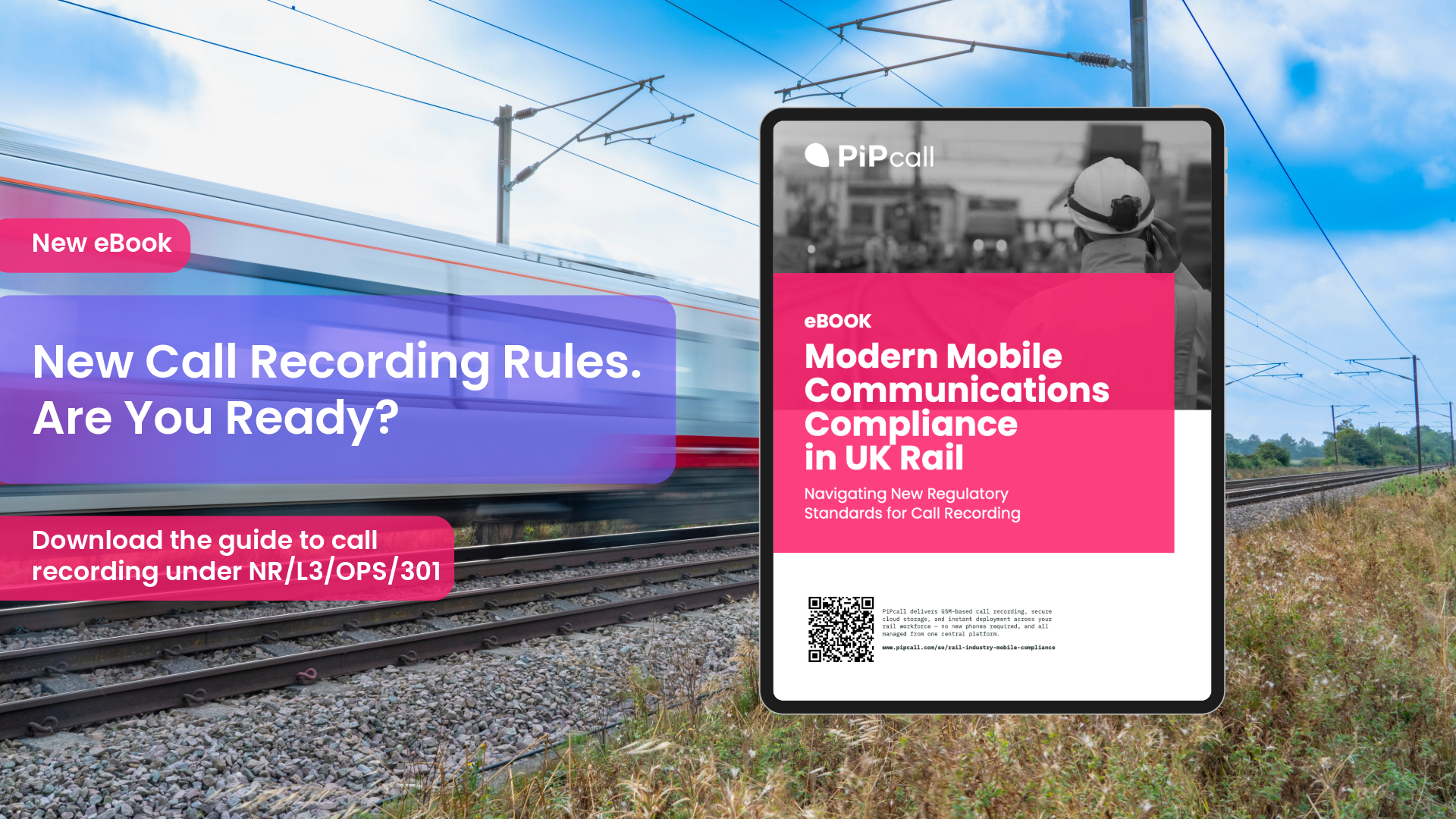eSIM technology has rapidly grown in popularity, offering numerous benefits to businesses. However, some misconceptions still hold back companies from adopting it. This article aims to challenge these misconceptions and provide clarity through real-world examples of businesses overcoming technical hurdles, adapting to new systems, and continuously improving their eSIM strategies.
Overcoming Technical Hurdles: Examples of Businesses Solving eSIM Challenges
One of the most common misconceptions about eSIMs is the complexity of integrating them into an existing business infrastructure. Many businesses fear technical obstacles, such as device compatibility or network availability. However, several businesses have already demonstrated that overcoming these challenges is possible with proper planning and collaboration.
Example: A logistics company based in the UK initially hesitated to implement eSIM technology because of concerns about device compatibility across their fleet of smartphones. However, after consulting with their eSIM provider, they discovered that a significant portion of their devices already supported eSIMs. The devices that didn’t were scheduled for an upgrade in the next cycle, which aligned perfectly with their eSIM transition. This company benefitted from remote provisioning, allowing their IT team to activate eSIMs and switch network providers without handling physical SIM cards. This saved time, reduced logistics costs, and eliminated the risk of SIM cards being lost or damaged during transport.
In such cases, businesses are realising that most modern devices already support eSIMs, and collaboration with service providers can help to overcome the perceived technical difficulties, making the transition smoother and more efficient.
Adaptation and Training: How Companies Transitioned to Using eSIMs
Another misconception is that switching to eSIM technology will cause significant disruptions to staff and require extensive retraining. While introducing any new technology involves change, businesses that have transitioned to eSIMs have found that the process can be streamlined and straightforward with the right preparation.
Case Study: A mid-sized UK financial services firm recently shifted to eSIMs for its travelling sales team. The IT team initially faced concerns about training the sales force on how to activate and use eSIMs, fearing potential confusion. To overcome this, they developed step-by-step guides, provided training sessions, and even created video tutorials to demonstrate how employees could activate an eSIM and switch between different profiles. Within weeks, the sales team had adapted to using eSIMs with minimal issues. The firm’s IT department reported that the use of eSIMs simplified mobile management, with fewer administrative tasks like ordering and distributing physical SIM cards.
This example shows how businesses can successfully manage the transition by providing clear training materials and working closely with their mobile service providers. With the right resources, eSIM adoption becomes a more manageable and efficient process.
{{blog-cta-01}}
Customer Feedback and Iteration: Continuous Improvement of eSIM Strategies
Once eSIMs are implemented, the next step is ensuring their long-term success by gathering feedback and continuously improving the strategy. Many businesses actively collect input from employees and stakeholders to fine-tune their eSIM usage and ensure that the system continues to meet evolving needs.
Example: A UK-based event management company that deployed business eSIM solutions across multiple event locations discovered that their initial plan didn’t account for local network coverage issues. Some employees found that the network signal was weak in remote areas, impacting their connectivity. After receiving this feedback, the company switched to a multi-network eSIM plan, which allowed their devices to automatically connect to the strongest available network, ensuring uninterrupted service.
Similarly, a travel agency used eSIMs to equip their employees with local numbers in different regions, particularly for WhatsApp communication. Feedback from employees revealed that managing multiple profiles was tricky at first. In response, the agency worked with their eSIM provider to simplify the management interface, making it easier to switch between profiles when required.
These examples demonstrate how gathering feedback and being flexible with strategy are critical to maximising the benefits of eSIM technology. By listening to users and adapting accordingly, businesses can ensure that eSIMs continue to serve their operational needs effectively.
Why eSIMs Are a Smart Move for Businesses
eSIM technology offers flexibility, cost savings, and operational efficiencies, yet common misconceptions often slow its adoption. The examples above show that businesses across industries are successfully overcoming these hurdles, transitioning to eSIMs, and improving their strategies over time.
With the right approach, your business can also embrace the future of mobile connectivity. PiPcall’s business eSIM solutions offer enterprise-level features, including remote provisioning, advanced security, and multi-network capabilities, helping businesses to optimise their mobile operations while providing employees with the tools they need to stay connected, productive, and agile.



.png)



